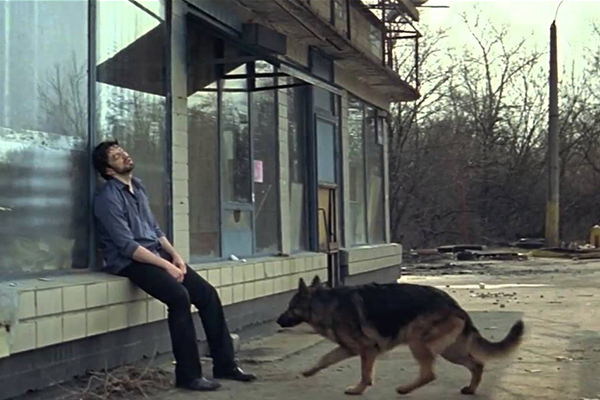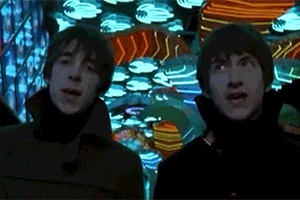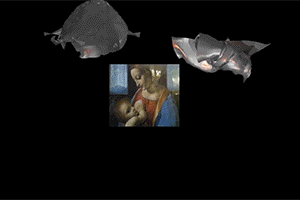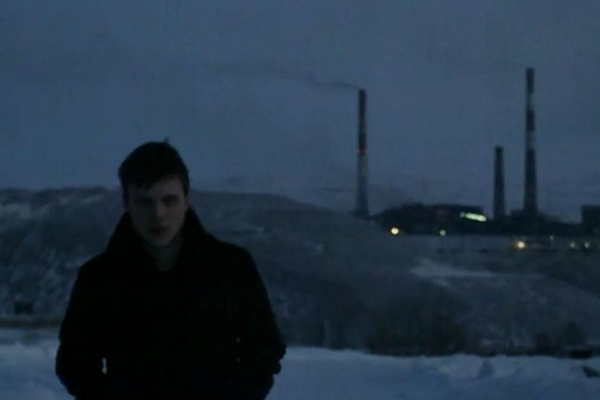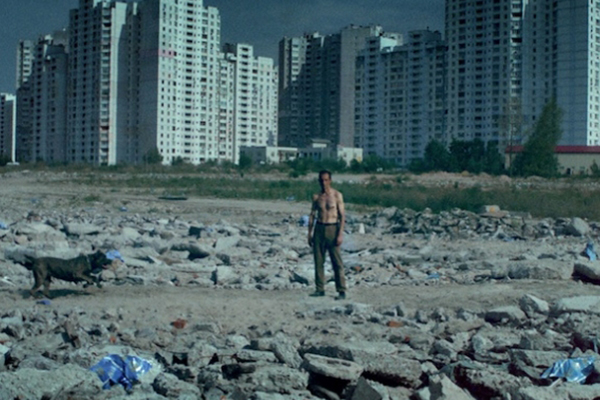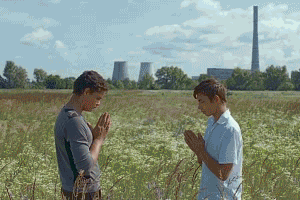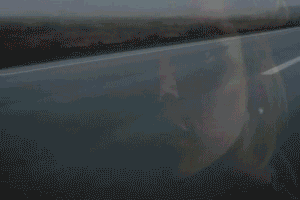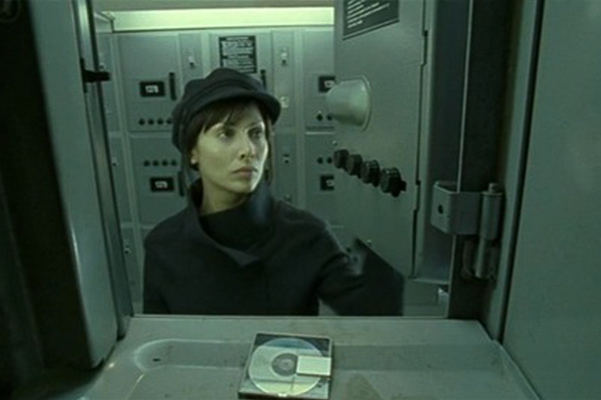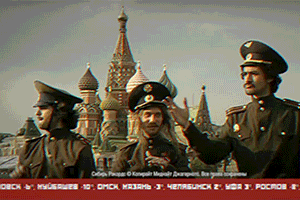A couple of weeks ago, Danish singer Mø released a video for her new single Kamikaze, and though it made my heart tremble a little — anyone who grew up in Russia or eastern Europe would have the same reaction — it had also made me laugh…a lot.
Filmed in the outskirts of Kiev, the video has got little to do with contemporary Ukraine. It’s a post-apocalyptic fantasy based around the latest stereotypes about post-communist countries. In this sanguine combination of Emir Kusturica and Cyprien Gaillard, east European lookalikes engage in their usual activities: driving in circles in battered cars with no windows; racing by the nuclear power plant; smashing things with baseball bats and raving in graffiti-covered abandoned buildings.
The video has a gritty charm, aided by the backdrop of tower blocks shot at dusk, and the pairing of an Adidas tracksuits with a gold Givenchy mask. It’s both a harmless fiction and an example of the contemporary western gaze, only the bears and matryoshkas are gradually being replaced by tower blocks and grave-looking youths in sportswear.
It’s not the first time the music industry has turned to the east to find a fresh look for a new single. Since the mid 2000s, an increasing number of videos have been filmed in Russia and Ukraine, and while some are subtle and others shameless in their exoticisation, the result is always the same: abandoned cars, stray dogs, kids and horses, serious soldiers and dodgy guys in leather jackets, Orthodox churches, industrial landscapes and grim people watching TV in poorly lit rooms. We’ve looked through the most notable examples to see how the new east is reflected and appropriated by pop culture. Surely, Kanye's got to be next.
